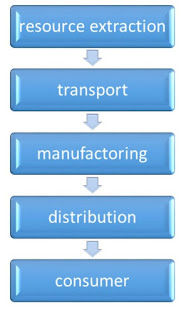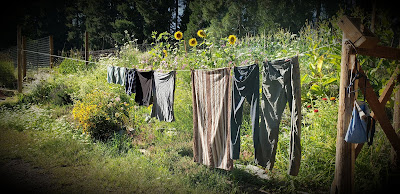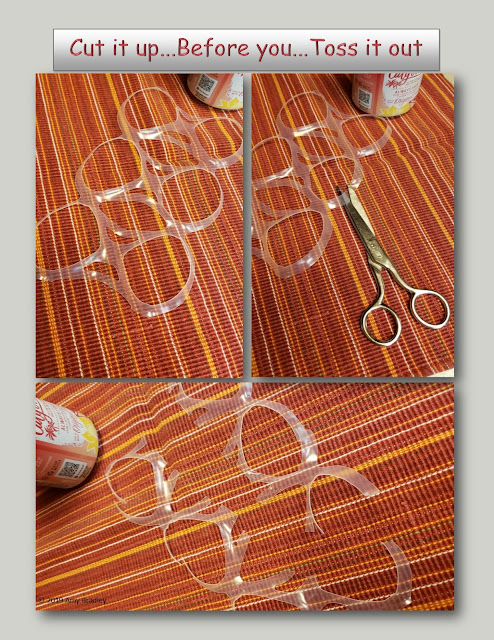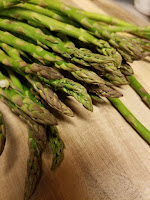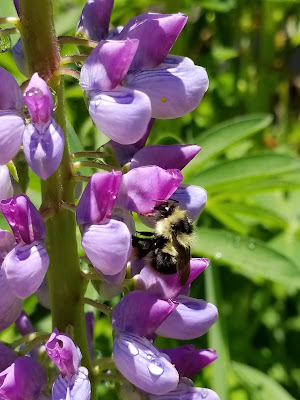Holiday Gifts that Give to the Environment
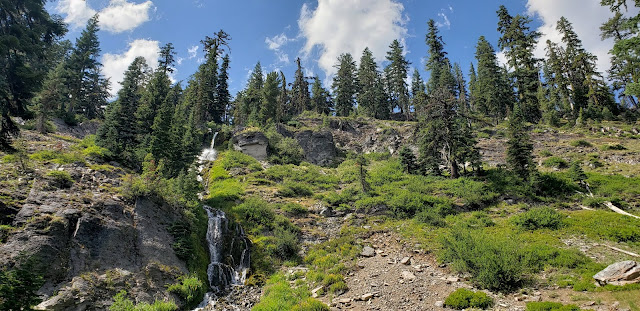
Crater Lake National Park © Amy Bradley 2019 “The unselfish effort to bring cheer to others will be the beginning of a happier life for ourselves.” – Helen Keller Typically, during the holiday season, we consider and purchase gifts for our loved ones that are often not environmentally friendly. To be frank, the holiday season is filled with wasteful traditions. Consumerism is one of the top contributors to waste, environmental degradation, and climate change. One way to improve your carbon footprint while giving a gift to a loved one, is giving a gift that benefits the environment. Before purchasing material goods as a gift for your loved one, consider the following environmentally and socially kind gift ideas! Living Tributes The U.S. Forest Service and the Arbor Foundation sell living tributes, which are trees planted in the in honor of a named loved one. The honoree receives a customed greeting card in the mail detailing the type and location of the tree....

